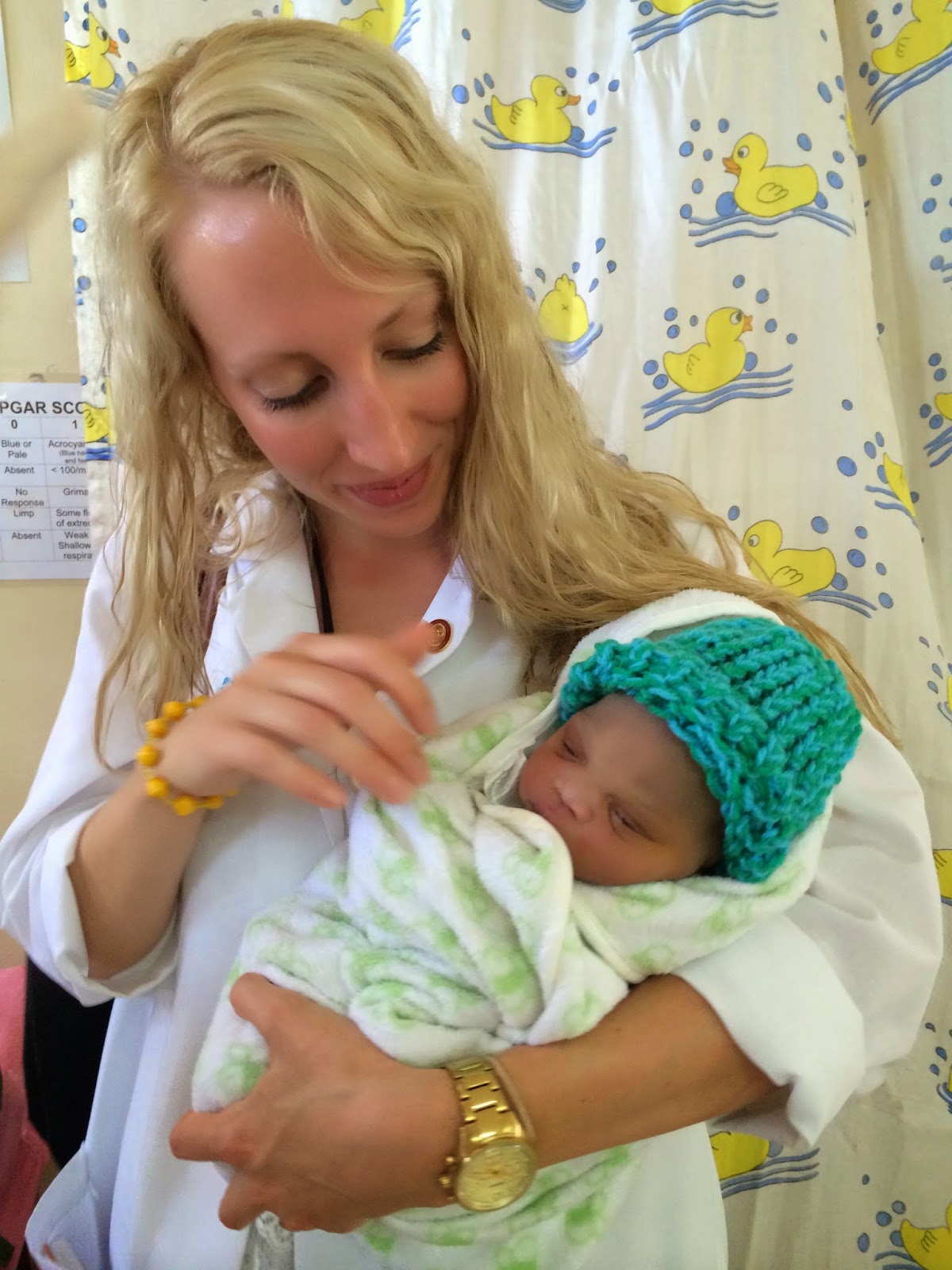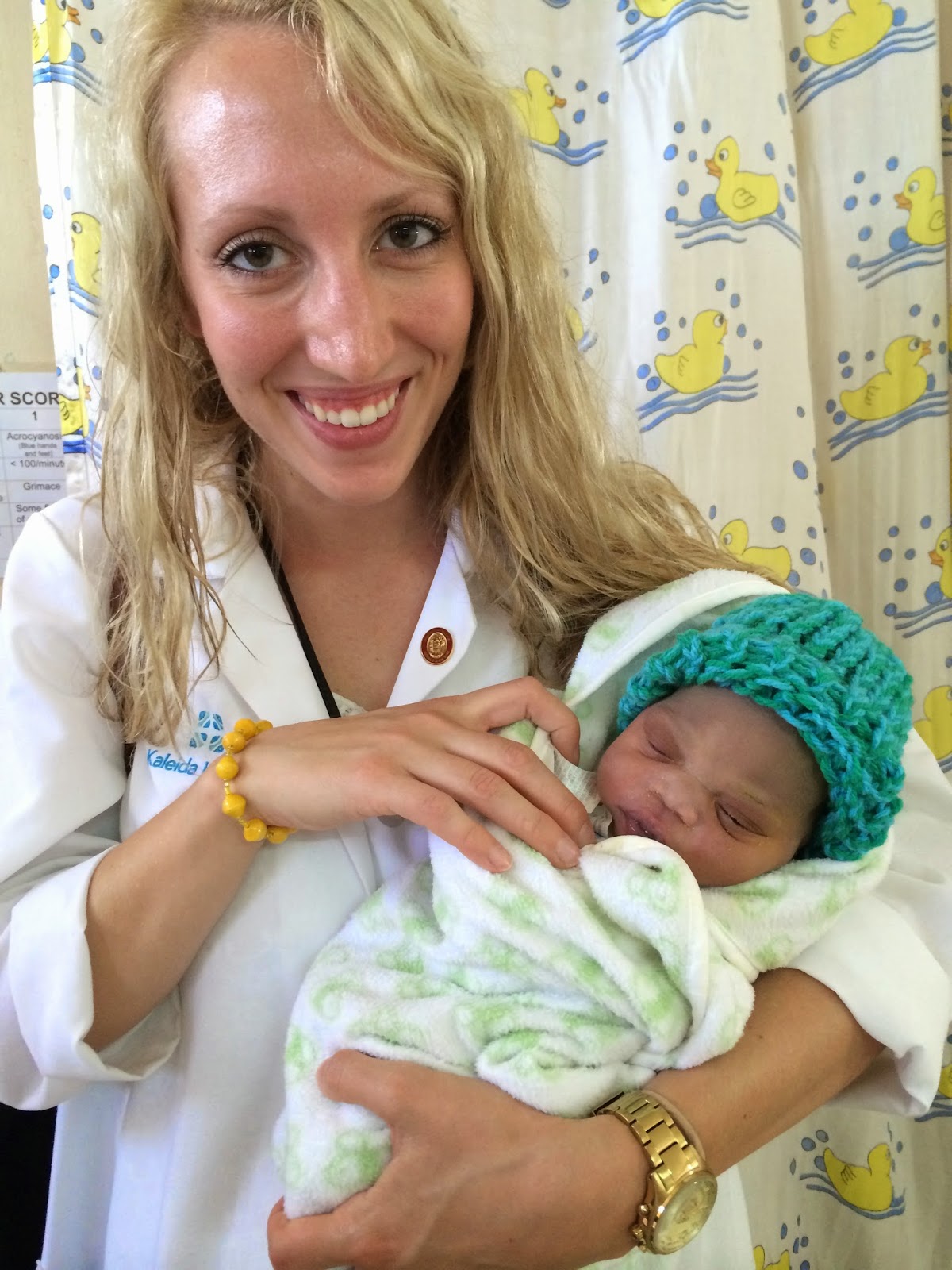Transportation in Uganda is scary at times. We took a taxi most of the time and loved our driver, Haji! But essentially there aren't very many rules of the road.
As you can see it's much like a free-for-all. I believe we only saw a couple signal lights in the main city of Kampala and I don't recall any stop signs either. I do remember that there were speed bumps throughout many streets to prevent speeding.
The picture above was on our way back from the safari. The road was narrowed to one lane up ahead due to road construction so we had to wait for our turn to pass. While waiting, car lines started forming almost everywhere and it was a mad dash to the free lane. It was nuts.
Often times I would be sitting in the middle of the taxi and flinch and squirm so frequently I would scare everyone else. I do have to say our driver Haji (who calls me his son and the girls his daughters, which he expects 100s of cows for when they get married) was excellent. He never got in an accident for 30 years, or so he says. :)
This is the only picture I took of some boda-bodas. They are like a motocross bike of sorts and completely dangerous. People would ride around on them without helmets and with various women and children on the backs of them. Haji told us he did not approve of them and insisted we not try riding on them.













